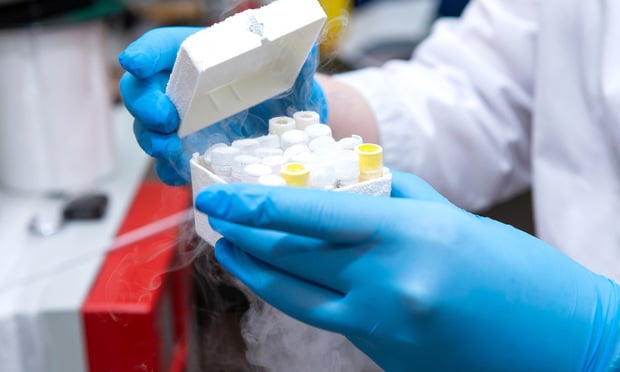Sixty-three percent of Americans have used an opioid before, and more than a third have taken one in the past three years, according to two new surveys of consumers and health care providers by WebMD and Medscape.
The figure helps explain the skyrocketing rates of prescription drug abuse and heroin use that medical experts are calling a public health crisis.
Indeed, 74 percent of the 1,513 health care professionals polled said they were “very concerned” about the increased misuse and abuse of opioids.
Recommended For You
Complete your profile to continue reading and get FREE access to BenefitsPRO, part of your ALM digital membership.
Your access to unlimited BenefitsPRO content isn’t changing.
Once you are an ALM digital member, you’ll receive:
- Breaking benefits news and analysis, on-site and via our newsletters and custom alerts
- Educational webcasts, white papers, and ebooks from industry thought leaders
- Critical converage of the property casualty insurance and financial advisory markets on our other ALM sites, PropertyCasualty360 and ThinkAdvisor
Already have an account? Sign In Now
© 2025 ALM Global, LLC, All Rights Reserved. Request academic re-use from www.copyright.com. All other uses, submit a request to [email protected]. For more information visit Asset & Logo Licensing.








